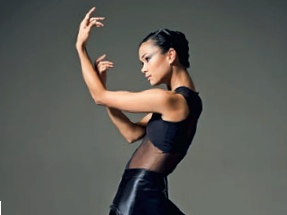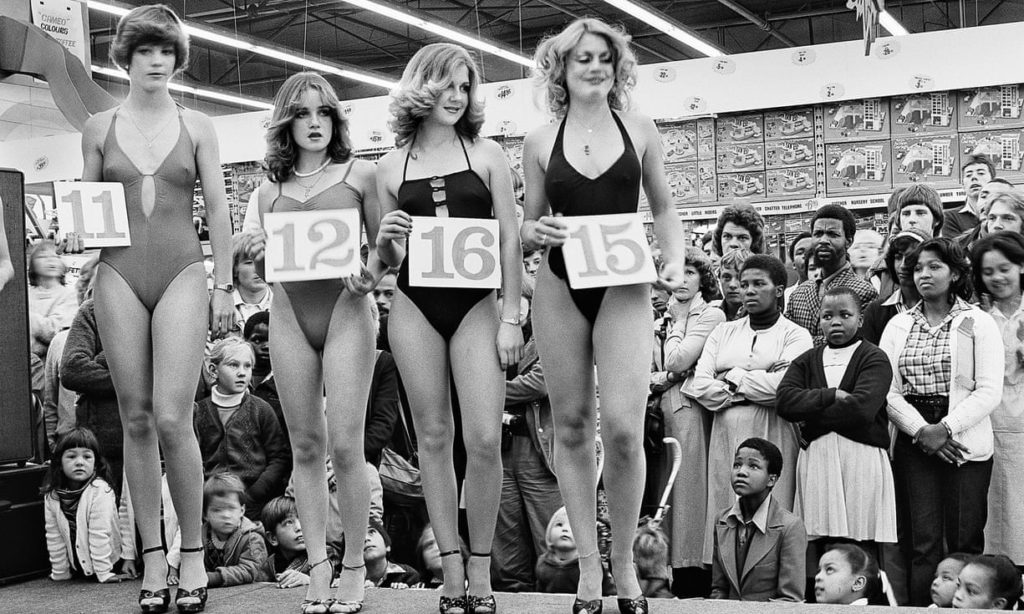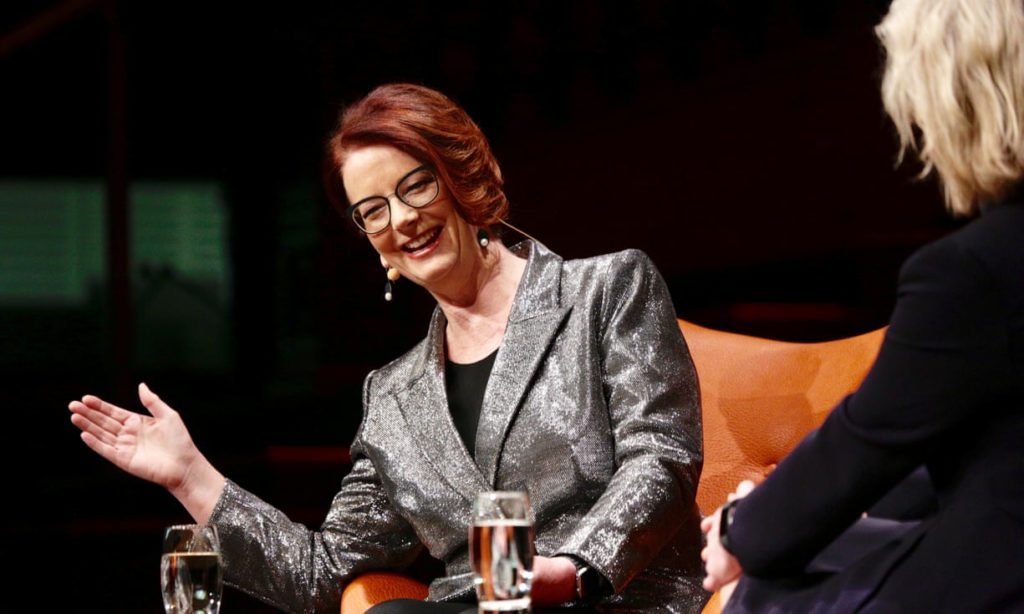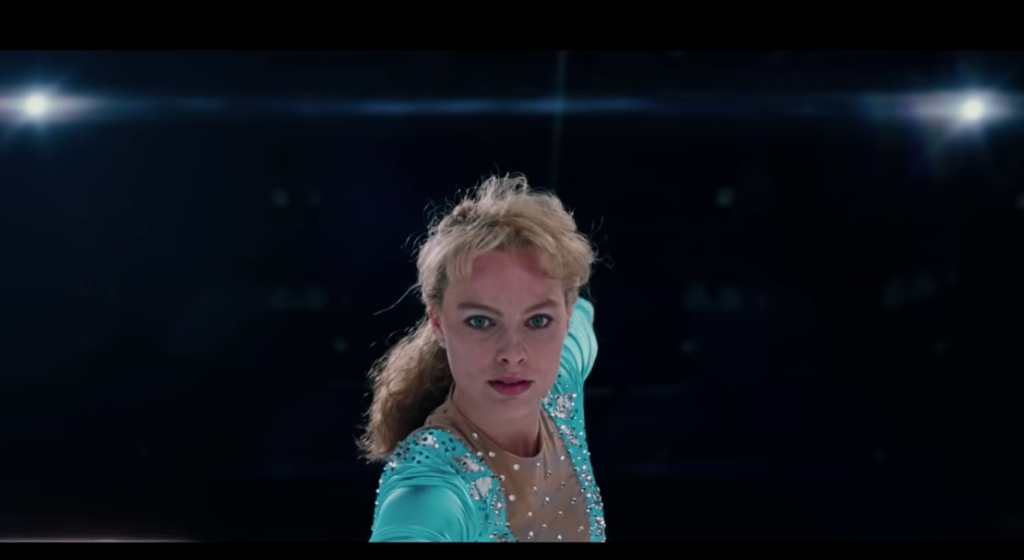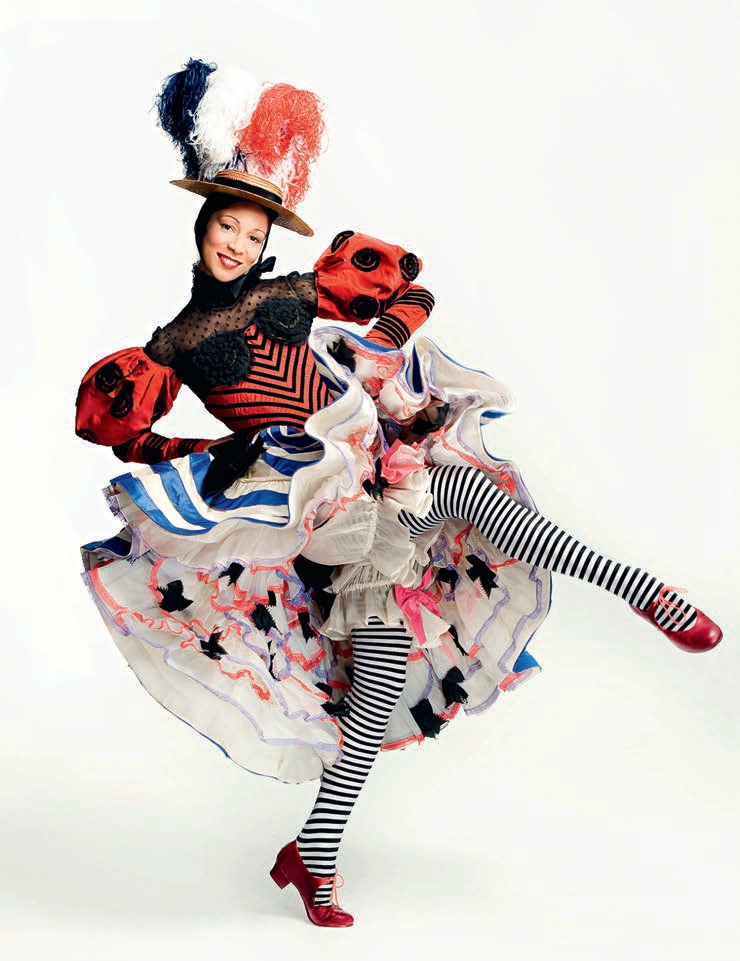
“What fashion designer wouldn’t want a dancer modelling their clothes? They are the perfect models.”
Roger Leong, the National Gallery of Victoria’s (NGV) curator of International Fashion and Textiles, is contemplating the very happy marriage between ballet and fashion, which is celebrated this month with a new NGV exhibition.
The exhibition is part of the Australian Ballet 50th anniversary celebrations, and it was the company that approached the NGV with the idea.
When Leong and his team started investigating, they realised just how rich the history of collaborations between fashion designers and ballet companies is. Recent collaborations have ranged from Christian Lacroix working with the American Ballet Theatre on Gaîté Parisienne in 1988, to Giles Deacon on Swan Lake for the English National Ballet in 2010, and Akira Isogawa on Romeo & Juliet for the Australian Ballet in 2011.
It was a great opportunity, Leong says, to look back at how fashion designers have reinvigorated the look of the ballet, and the way they solved the inherent challenges. “They offer completely new perspectives [and] sometimes often quite surprising ideas emerge out of it. It was really looking at the way the fashion designers challenged themselves, and also challenged the ballet companies.”
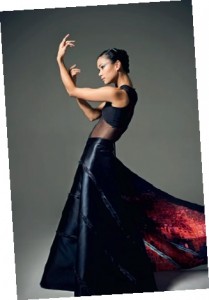
As an example, he points to the innovative interpretation of the tutu by designer Vanessa Leyonhjelm, who created costumes for the Australian Ballet’s Divergence in 1994. The perennial challenge of the tutu is keeping it horizontal, Leong explains, which is usually solved by complex stitching of layers of tulle. “[Leyonhjelm] totally circumvented that entire technique by using a mesh that is used in industrial air conditioning, and pleating it in sort of an Elizabethan-style ruff. She created this incredibly light, stiff, appropriately formed tutu through her choice of materials and the way she handled those materials.”
The curators also uncovered special treasures, including sketches by Toni Maticevski for Ballet Lab’s Aviary last year and drawings that Yves Saint Laurent did for Roland Petit’s dance company in the 1960s. It was a thrilling discovery. “All those wonderful costumes that [Saint Laurent] designed for [dancer] Zizi Jeanmaire and her husband’s company, they really stand as a high point of that partnership between ballet and fashion.”
Although he loved all that he discovered, Leong has two favourites, both collaborations with the American Ballet. The first was by Christian Lacroix on Gaîté Parisienne. “They’re vintage Lacroix from that time when he was designing those hybrid, almost clichés of French style, mixed with this wonderful sort of couture sensibility.”
The other was Ralph Rucci’s work on Philip Glass’s contemporary ballet piece A Musical Portrait of Chuck Close. “The costumes are incredibly minimal but if you look closely, he used very luxurious material and very fine detail, which is incredible for a stage costume.”
“What fashion designer wouldn’t want
a dancer modelling their clothes?
They are the perfect models.”
And while fashion influences ballet costumes, the reverse is also true, with items like leg warmers and ballet slippers creeping into everyday wardrobes. Leong adds: “The leotard is perhaps the most influential piece of clothing. In the 1980s, designers like Azzedine Alaïa and Donna Karan had their bodysuits, which clearly came from dance costumes.”
Published in Vogue Australia November 2012
WHY DON’T YOU READ:
Artist Michael Zavros’s road to the Art Gallery of NSW
Martine Emdur’s latest body of work
